An appreciation for Rachel Carson, the woman who changed the trajectory of how we view the environment today.

Background
Throughout history, there have been many who have intentionally advocated for the well-being of the earth. Unfortunately, they are a minority in a willfully ignorant world. Once the Industrial Revolution took flight in the 19th century, economic growth began to outweigh environmental consequences. People paid little attention to their neighboring ecosystems because, to them, wildlife was more of an inconvenience than something to honor and respect. What wildlife did was of no concern for the average American, and the public did not have the knowledge to understand what their actions were disrupting in terms of ecological balance. Money was the single most important factor of life for most people. It meant survival.
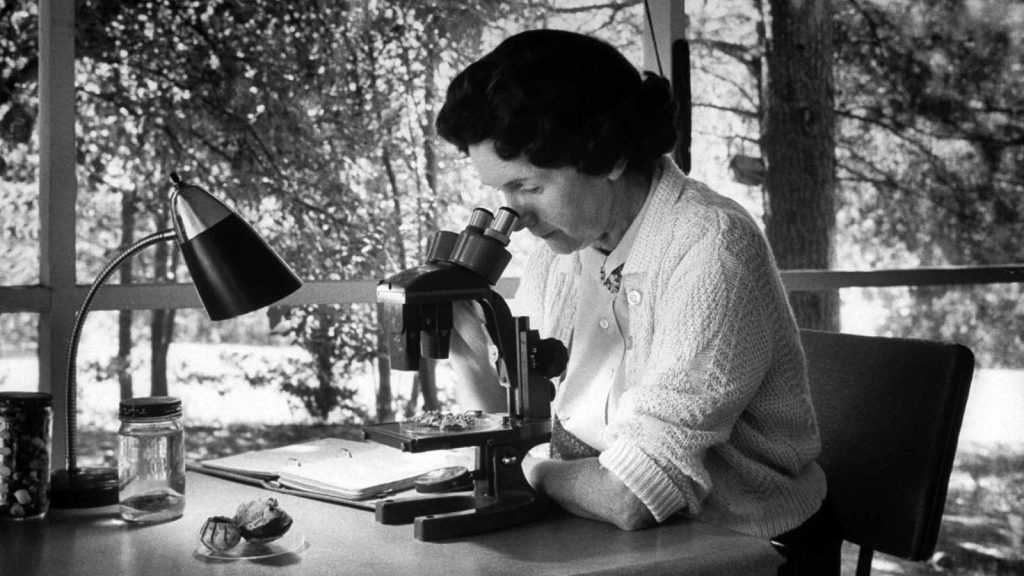
Who is Rachel Carson?
Amidst the economically-driven 20th century, a star was born. Her name was Rachel Carson, and she changed the world. She was born in May 1907 in a small town in Pennsylvania. Carson studied Biology at Chatham College and then went on to successfully complete her master’s in zoology at Johns Hopkins University. At the time, these fields were far from promising for women. Carson first worked for the Fish and Wildlife Service as a science writer, charged with generating more interest from the public in freshwater and marine biology. Eventually, in 1937, she was asked to expand her writing on marine biology into a book. This was the first big step in Carson’s professional writing career. In 1941, Carson published her soon-to-be bestseller Under the Sea-Wind: A Naturalist’s Picture of Ocean Life.
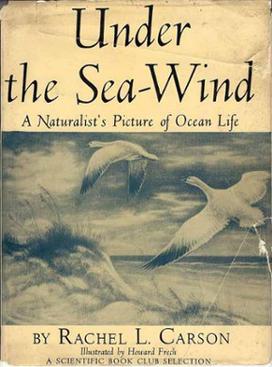
What is so special about Rachel Carson?
Rachel Carson had a unique gift for seamlessly blending scientific theory with eloquent writing. Most importantly, she was able to take the complicated, somewhat “secret” knowledge of the scientific community and present it to the public in such a way that allowed them to have a significant understanding of the work being done. No one had really been able to do that before.
Carson’s most famous work, Silent Spring, is a testament to how influential she was in the mid-20th century. “Environmentalism” is defined as the concern about and action aimed at protecting the environment (Oxford Languages). Rachel Carson definitely fit into both of those categories, but she also revolutionized how Americans thought about their impact on nature.
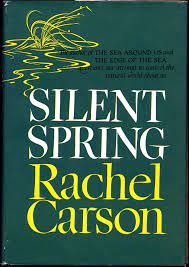
What prompted Carson to write Silent Spring?
Silent Spring is a response to the increasing decline of species populations, particularly in birds. This decline was due to the widespread use of pesticides, specifically Dichlorodiphenyltrichloroethane (DDT), and its ability to bioaccumulate and biomagnify up food chains. Bioaccumulation is defined as the accumulation of chemicals in the tissue of organisms; while biomagnification is the progressive concentration of chemicals within organisms up their food chains.
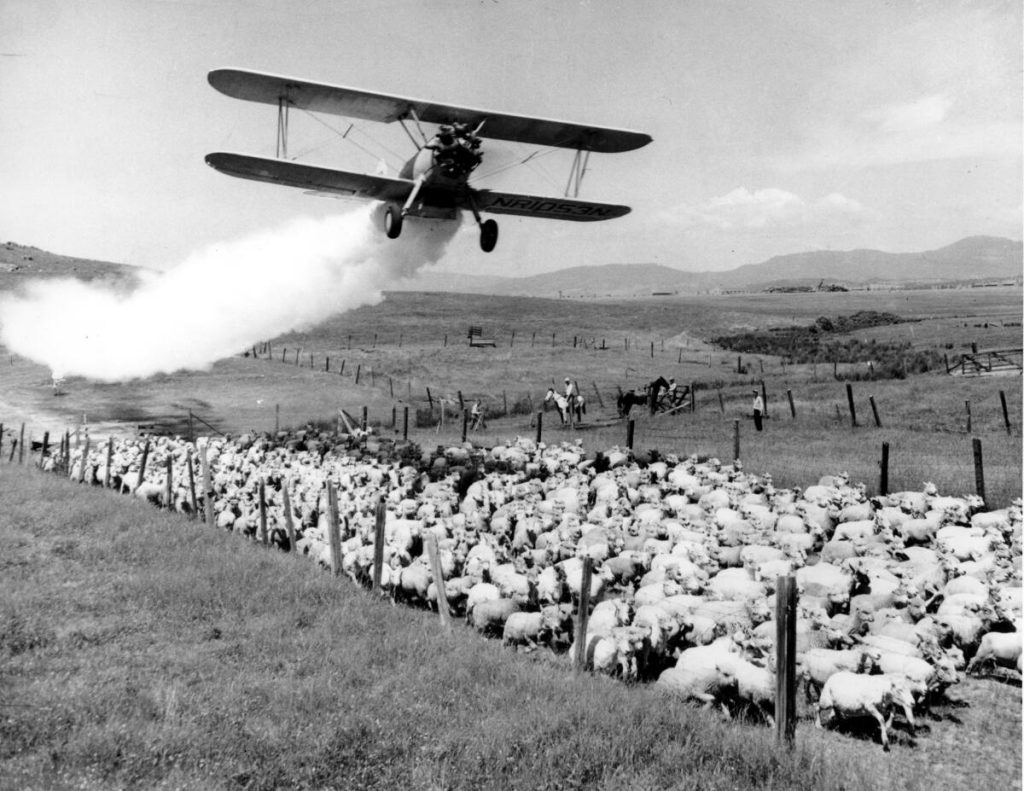
Carson referred to DDT as a biocide rather than as a pesticide, since it contaminated and affected everything it came into contact with. However, this was not public knowledge, and chemical companies were certainly not interested in making that knowledge available to their consumers. Rachel Carson took it upon herself to educate the public and drive them to action. And she was incredibly successful. In 1972, the government banned DDT, giving rise to the environmentalist movement. People became more climate-conscious and realized that humans could, in fact, have a negative impact on the environment.
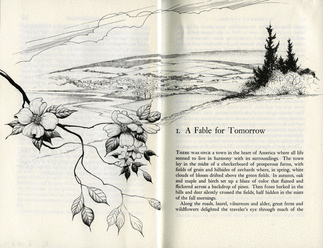
The most famous chapter from Silent Spring is the first one: “A Fable for Tomorrow,” depicting a fictional town where all life, including human life, is “silenced” by the overuse of DDT. Overall, Carson’s poetic writing moved her readers and connected them to a cause, in that she gave people reason and knowledge to fight for sustainability.
Remembering Rachel Carson
Carson advocated for the protection of the earth, but she did not condemn others for their irresponsible actions. For example, she did not go after chemical companies for their distribution of DDT, but instead, she encouraged the public to find gentler alternatives, which was a revolutionary concept. She altered people’s perspective on economic growth and its potential to destroy the natural world.
The environmentalist movement certainly owes its success to Rachel Carson. Her revolutionary writing better informs and connects us to the earth.
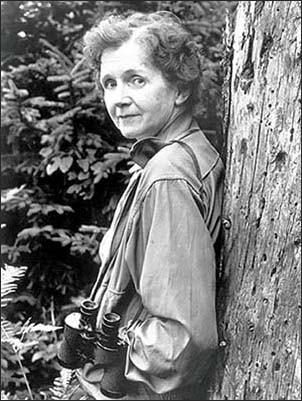
Related to this: Keystone Species- the Glue of Our Ecosystems and Climate Change: the Ultimate Guide
Leave a Reply